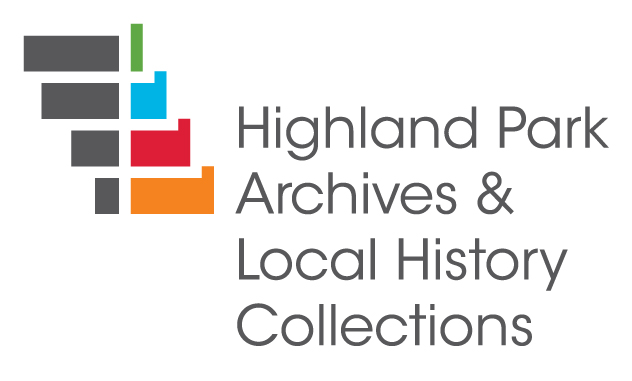- Corporate body
Showing 631 results
Authority recordGeneral Federation of Women's Clubs.
- Corporate body
- Person
- Person
- Person
- Person
Bryna G. Gamson is an active member of the Highland Park community and has served in several civic endeavors. Gamson was a trustee of Moraine Township (2005-2013) and founding member of the Apple Tree Theatre. She has been a member of the League of Women Voters of Highland Park since 1970. Gamson was also part of the founding of the Highland Park Cultural Arts Commission. Gamson has done public relations work for numerous organizations including the Highland Park Community House, Moraine Township Democrats, PADS, Tele-Help Information & Referral Services, and Links-North Shore Youth Health Service.
- Person
- Person
- Corporate body
Results 471 to 480 of 631

